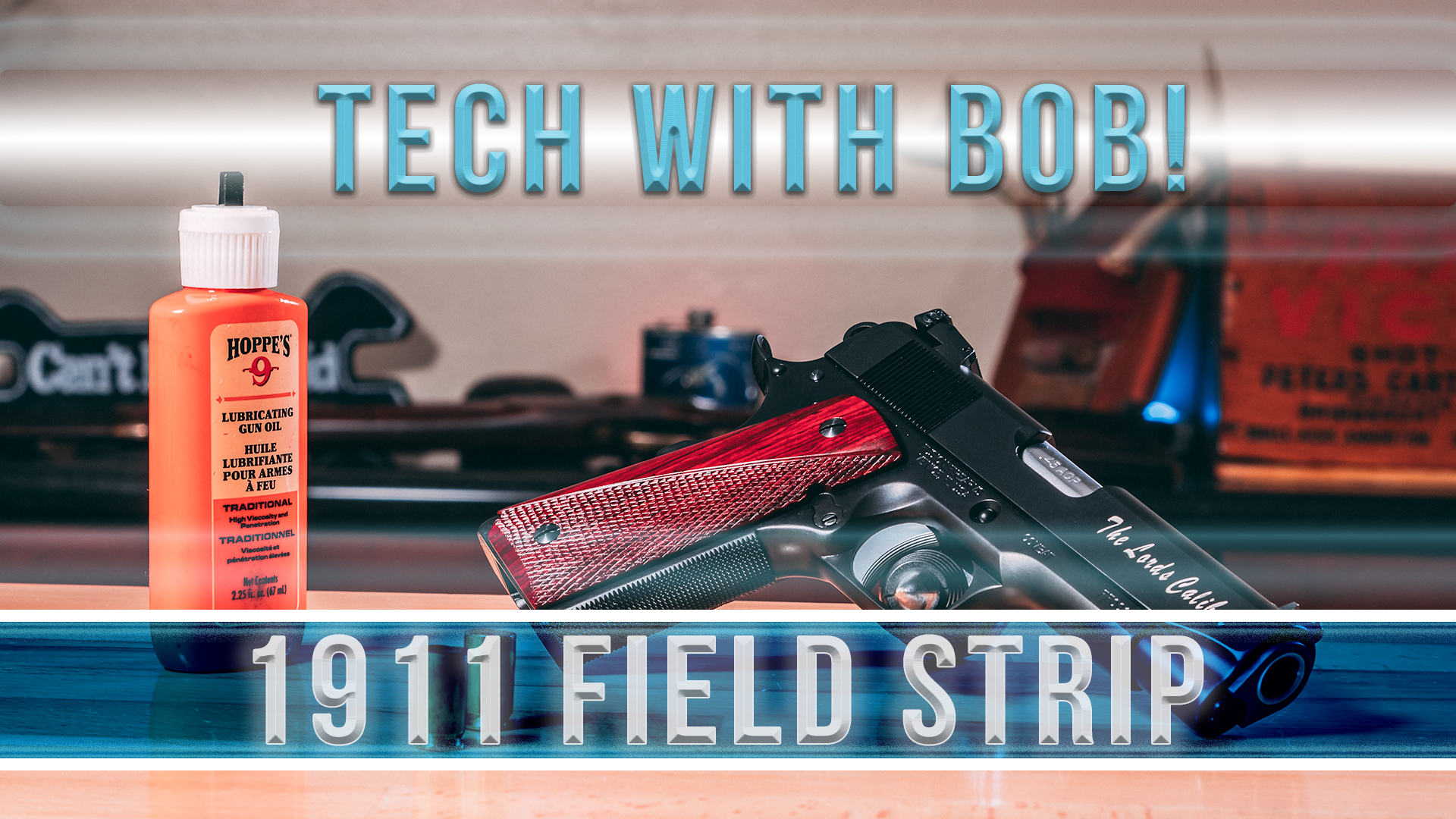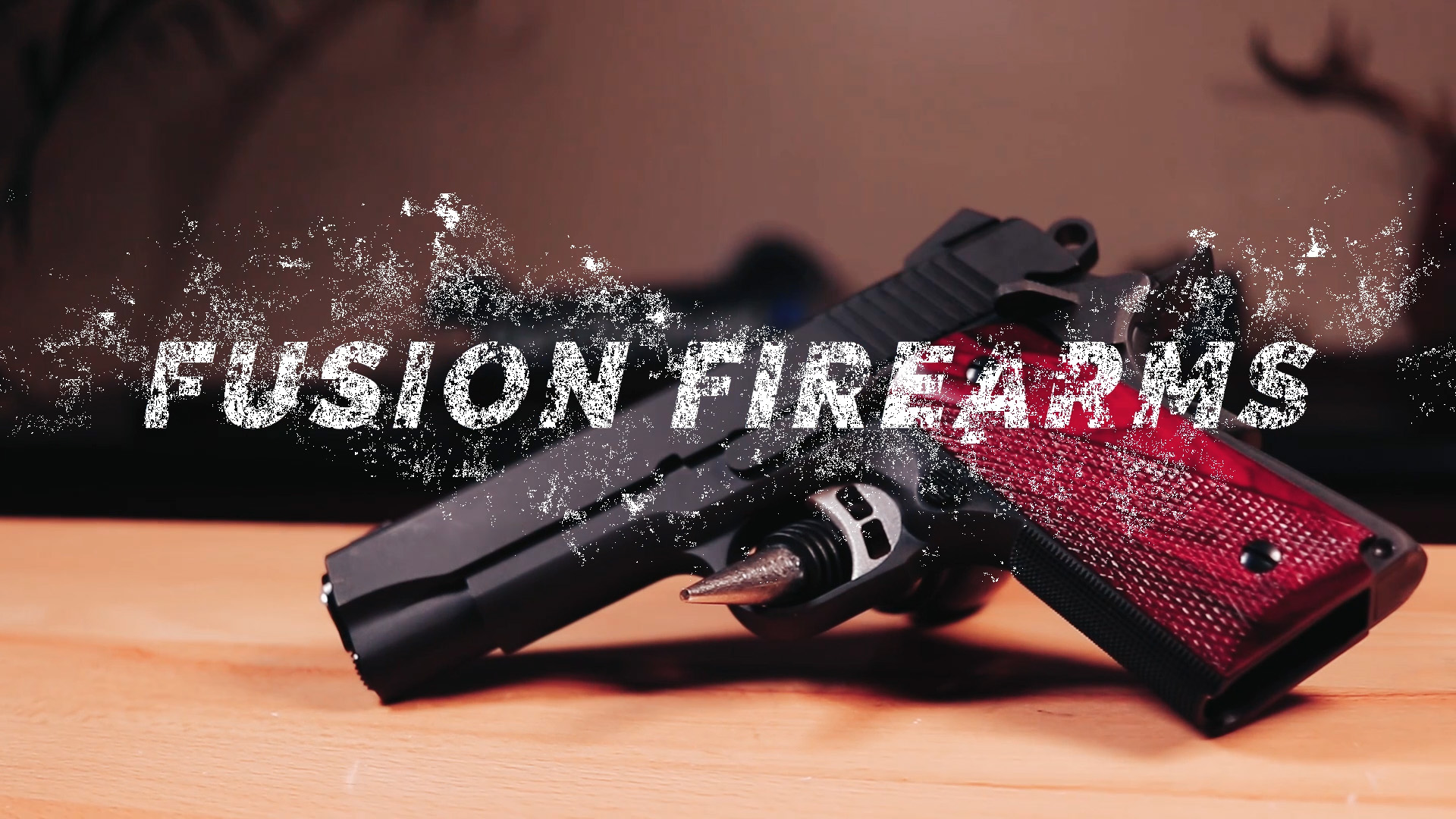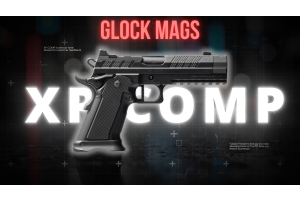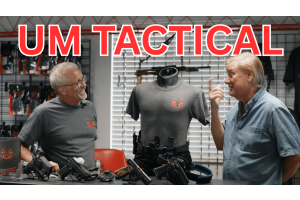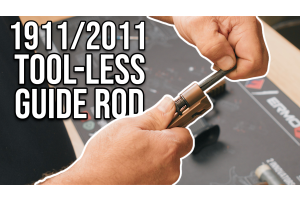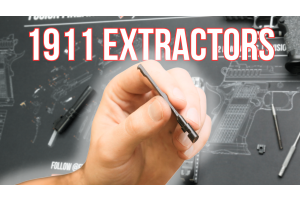
1911 Magazines: [Understanding the Differences]
0%
![1911 Magazines: [Understanding the Differences]](https://fusionfirearms.com/media/magefan_blog/maxresdefault_1_.jpg)
1911 Magazines: Understanding the Differences
Bob Serva from Fusion Fusion FIrearms is here to clarify some confusion about 1911 magazines and their differences. Many customers often think that the actual magazine itself is a different size depending on caliber, but that's not the case.
The Body of Magazines
The body diameters and profile of 1911 magazines will be the same regardless of caliber. So, whether you have a 9mm, .40 S&W, 10mm, .45 ACP, or .380 auto, the opening in the frame of a standard single stack 1911 will be the same for all of them. It's not like the opening is bigger for a .45 ACP versus a 9mm, they are all the same size. This is important to keep in mind when purchasing magazines for your 1911, as the size of the magazine itself will not vary based on caliber.
However, it's important to note that the capacity of the magazine may vary based on caliber. For example, a 1911 magazine designed for 9mm rounds will typically hold more rounds than a 1911 magazine designed for .45 ACP rounds. This is because the 9mm rounds are smaller in diameter and therefore can fit more rounds in the same size magazine.
Differences in Frames
You may have some differences in the frames themselves, such as a government frame and a commander frame. The area for gripping and where the magazine is inserted into the mag well is the same, so you will use the same full-size magazines on a commander or government model for any caliber. This means that you can use a full-size magazine for a .45 ACP in a government frame and it will fit perfectly, just as it would in a commander frame.
Another choice you have is the officer and defender frames, which are basically very close to the same exact size frames, other than the dust cover has a little bit of differences. The frame is smaller but has the exact same mag well opening as the government and commander size, so it's the same. The only difference is the shorter gripping handle, so the magazines are made shorter to accommodate the shorter frame. This means that if you have an officer's or defender frame, you will need to purchase magazines specifically designed for these smaller frames in order for them to fit properly.
Using Full-Size Magazines in Smaller Frames
It's possible to use a full-size mag in an officer's or defender frame, but it will stick out the bottom. If you take a .45 ACP mag and insert it into the frame, it will fit the same exact mag well size opening. The same goes for a .38 Super or 9mm, they will all fit in the same size opening. However, as mentioned earlier, the capacity of the magazine may vary based on caliber. So, while a full-size magazine may fit into a smaller frame, it may not hold as many rounds as a magazine specifically designed for the smaller frame.
Another thing to keep in mind is that using a full-size magazine in a smaller frame may not be the most comfortable or ergonomic experience. The full-size magazine may extend out of the bottom of the frame, making it difficult to hold the gun in a comfortable position. Additionally, the full-size magazine may not fit flush with the bottom of the frame, which can affect the overall balance and stability of the gun.
Mechanics of the Magazine
When looking at the mechanics of the magazine, such as the feed lips and follower, you will notice that there are a lot of common groups in magazines. The .45 ACP pretty much stands alone, and people will use a .45 ACP magazine for any of the .45 ACP caliber group. This is because the .45 ACP is a larger caliber and requires a different design for the feed lips and follower to properly feed the rounds into the chamber. Other calibers such as 9mm, .40 S&W, and 10mm have similar mechanics in their magazines and can often be interchanged without issue.
It's also important to note that the material and quality of the magazine can also play a role in the mechanics of the magazine. Cheaper, low-quality magazines may have issues with the feed lips or follower not properly functioning, which can lead to jams or misfires. It's important to invest in high-quality magazines that are specifically designed for your 1911 and the caliber you will be using.
Conclusion:
In conclusion, 1911 magazines may look similar on the outside, but there are important differences to keep in mind when choosing the right magazine for your specific 1911 and caliber. The body profile of the magazine will remain the same regardless of caliber, but the capacity and mechanics of the magazine will vary. It's important to pay attention to the frame size of your 1911 and choose the appropriate magazine size, whether it's a full-size or smaller officer or defender frame. Additionally, always invest in high-quality magazines that are specifically designed for your 1911 and caliber to ensure proper function and reliability. By understanding these differences, you can make an informed decision when purchasing or using 1911 magazines.


